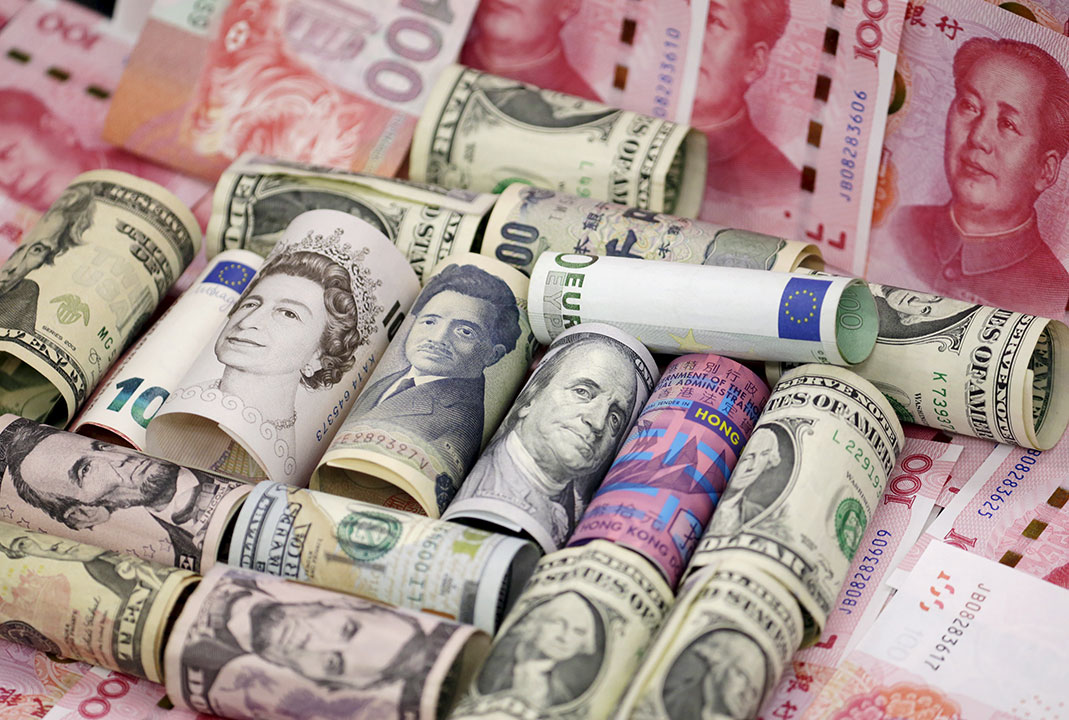




Inflation Update: Green light for easing
 DOWNLOAD
DOWNLOAD

December Economic Update: One for them, one for us
 DOWNLOAD
DOWNLOAD

Philippines Trade Update: Trade trajectories trend along
 DOWNLOAD
DOWNLOAD


PH urged to expand presence in global bond market

The Philippines should further diversify its borrowing sources and expand its presence in the global bond market, analysts said.
“Given the country’s credit rating and its commitment to pursue its infrastructure program. Definitely, the government can still expand its borrowings,” Jonathan L. Ravelas, senior adviser at professional services firm Reyes Tacandong & Co., said in a text message.
Last week, National Treasurer Rosalia V. de Leon said that the government is looking to issue Islamic bonds or Sukuk bonds by yearend or 2024. This would mark its first issuance in the Islamic bond market.
“The Philippine government’s plan to debut in the Islamic bond market with a Sukuk issuance is a strategic move that could diversify its investor base and potentially offer more favorable terms. Coupled with its USD 5-billion program for commercial bonds, the government is evidently keen on robust external financing,” Security Bank Corp. Chief Economist Robert Dan J. Roces said in a Viber message.
This year, the government’s borrowing plan is set at USD 2.207 trillion, consisting of PHP 1.654 trillion from domestic sources and PHP 553.5 billion from foreign sources.
The government is planning USD 5 billion (around PHP 283 billion) in global bonds this year.
In January, the Philippines already raised USD 3 billion from its first US dollar bond issuance for the year.
Mr. Roces said it could be beneficial to expand borrowing options beyond commercial and Sukuk bonds.
“Markets like Euro bonds and Samurai bonds offer low-interest rates, while green bonds could attract investors focused on sustainability,” he said.
The government, under President Rodrigo R. Duterte, had raised euro 2.1 billion (PHP 122.4 billion) from a triple-tranche offering of euro-denominated bonds in April 2021. In April 2022, it raised 70.1 billion Japanese yen from a four-tranche Samurai bond offer.
Mr. Roces said the sustainability of this borrowing strategy “will be a function of the country’s overall debt level and fiscal health, which remain manageable.”
The government had ramped up borrowings at the height of the coronavirus pandemic. As of end-June, the National Government’s outstanding debt as a share of gross domestic product stood at 61%, lower than 62.1% from the same period a year ago.
However, it is still slightly above the 60% threshold considered by multilateral lenders to be manageable for developing economies.
“Diversifying borrowing sources should help mitigate risks and provide balance in the financial portfolio. Also, given the global dominance of the US dollar, the US market offers significant liquidity. However, it does come with currency risks given the current environment,” Mr. Roces said.
The government is still targeting a US-denominated retail Treasury bond offering by the end of the month.
“I think the plan to borrow retail dollar bonds is a good way to tap our overseas Filipino workers (OFWs) who may lack access to good investment outlets for their hard-earned money,” a trader said in a text message.
“It is always good for the government to have different borrowing sources. However, I think the BTr will still have to source more borrowing locally given the domestic liquidity,” the trader added.
The government’s borrowing mix favors domestic sources (75%) in order to mitigate foreign currency risk.
Nicholas Antonio T. Mapa, senior economist at ING Bank N.V. Manila, said domestic borrowings are still the safer option.
“Borrowing in foreign debt is generally carried out to take advantage of lower borrowing costs abroad or to deepen the market for Philippine debt. Despite the ability to borrow in foreign currency, the bulk of the borrowing remains domestic in nature in order to safeguard against too much currency and interest rate risk,” he said in a Viber message.
“Currently, the Philippines is awash with cash and perhaps borrowing in local currency will still not result in a substantial tightening of financial markets,” he added.
Mr. Mapa also said that the country’s investment grade status could also help offset high interest rates.
“Rates, however, are relatively high and there remain uncertainties regarding exchange rates and policy direction. Despite this, given our investment grades status, the Philippines may still be able to secure debt at relatively affordable rates,” he added.
The Philippines’ credit rating is currently above the minimum investment grade across three major debt watchers, with S&P Global Ratings at “BBB+,” Fitch Ratings at “BBB,” and Moody’s Investors Service rating the country at “Baa2.” — By Luisa Maria Jacinta C. Jocson, Reporter
This article originally appeared on bworldonline.com





 By BusinessWorld
By BusinessWorld